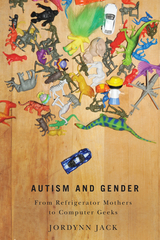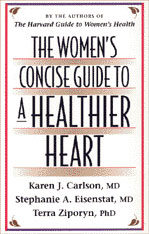
In Autism and Gender: From Refrigerator Mothers to Computer Geeks, Jack focuses on the ways gender influences popular discussion and understanding of autism's causes and effects. She identifies gendered theories like the “refrigerator mother” theory, for example, which blames emotionally distant mothers for autism, and the “extreme male brain” theory, which links autism to the modes of systematic thinking found in male computer geeks. Jack's analysis reveals how people employ such highly gendered theories to craft rhetorical narratives around stock characters--fix-it dads, heroic mother warriors rescuing children from autism--that advocate for ends beyond the story itself while also allowing the storyteller to gain authority, understand the disorder, and take part in debates.
Autism and Gender reveals the ways we build narratives around controversial topics while offering new insights into the ways rhetorical inquiry can and does contribute to conversations about gender and disability.

Messing investigates different types of occupational health issues for women, notably the controversial topics of male/female differences in jobs, health, and basic biology. The pain and suffering of women workers is illustrated in vivid case studies of research into health risks for women in the workplace, including musculoskeletal disease, the hazards of office work, emotional stress, and reproductive hazards.
No longer can employers, administrators, and health professionals ignore the very real problems women encounter in their jobs. Throughout the book, Messing captures the everyday reality of workplace tasks and stress -- from lifting boxes to juggling mental tasks under pressure to the emotional labor of caring for upset or abusive people -- by combining on-site observing with listening to the workers' descriptions of their work lives.
Responding to the tough question, why are scientists so unresponsive to the needs of women workers, Messing describes long-standing difficulties in gaining attention for the occupational health of women, ranging from the structure of the grant process and the conferences crucial to the professional life of researchers to the basic assumptions of scientific practice. Messing laments the separation of even most feminist health researchers from workplace concerns and asserts that it is time to develop a science that can prevent women workers' pain and suffering.

From the authors of The Harvard Guide to Women's Health
Heart disease is the number one killer of women in this country. Every year half a million American women die of heart problems--and another 2.5 million are hospitalized for heart disease. This book brings the risks and realities of cardiovascular disease for women into clear focus. Where previous books have concentrated on men, The Women's Concise Guide to a Healthier Heart recognizes and clarifies the significant differences between men and women in the diagnosis and treatment of cardiac conditions.
The book lays out in plain English all that we currently know about preventing, recognizing, and living with a heart problem. Does an aspirin a day prevent heart disease in women? Does moderate alcohol consumption help or hurt? What about weight gain in middle age? Estrogen replacement therapy? These are the kinds of everyday, life-and-death questions that are addressed specifically for women in this concise guide. It considers questions of cholesterol and diabetes, stress and depression, diet and smoking. It explores diagnostic procedures and surgeries and explains their differing reliability and benefits for women and men.
Helpfully illustrated and easy to use, clear and comprehensive on every heart problem and related symptom and behavior, this book is the best resource for any woman wishing to understand the health and workings of her heart.
READERS
Browse our collection.
PUBLISHERS
See BiblioVault's publisher services.
STUDENT SERVICES
Files for college accessibility offices.
UChicago Accessibility Resources
home | accessibility | search | about | contact us
BiblioVault ® 2001 - 2024
The University of Chicago Press









